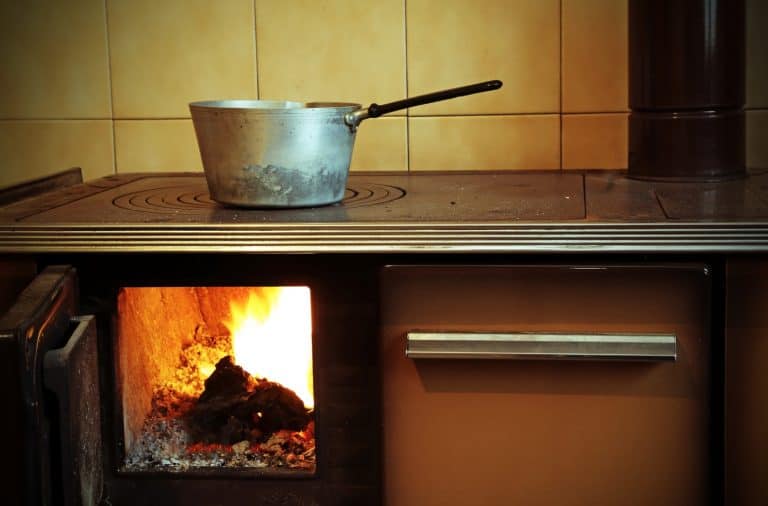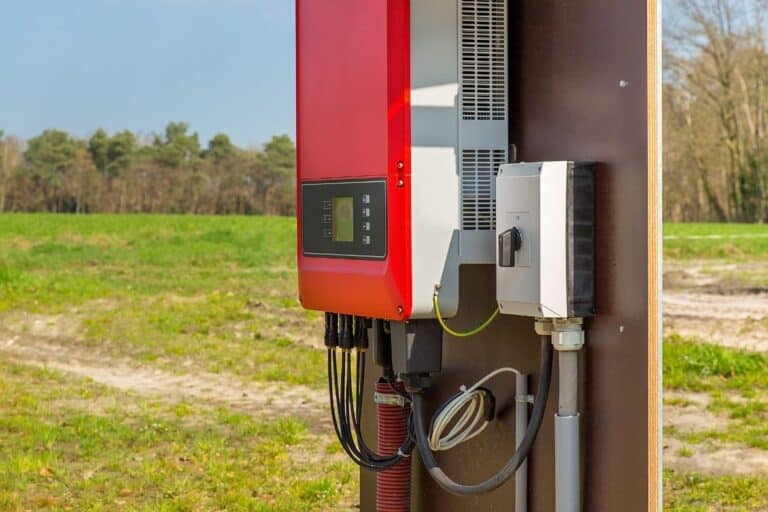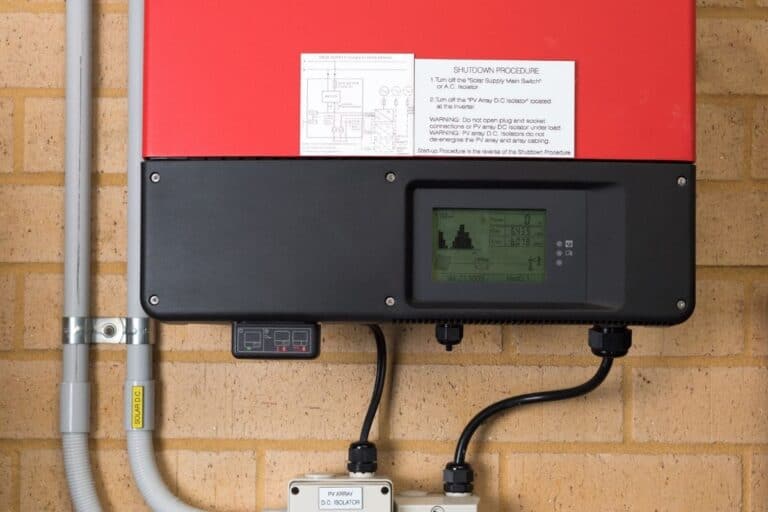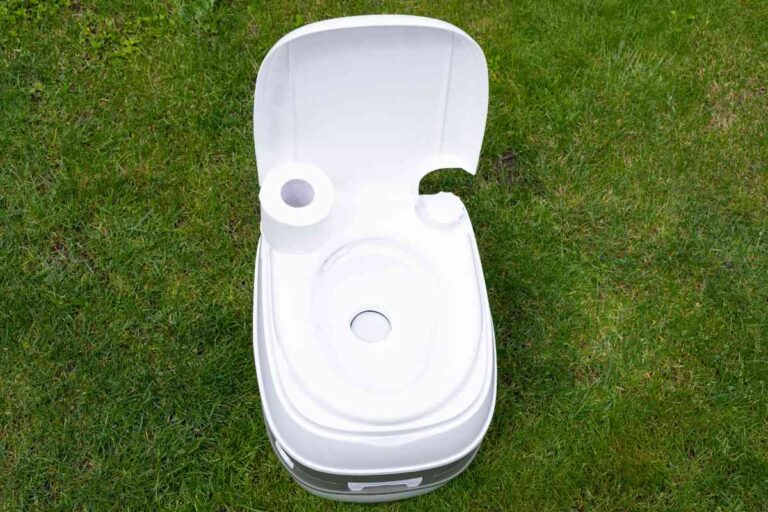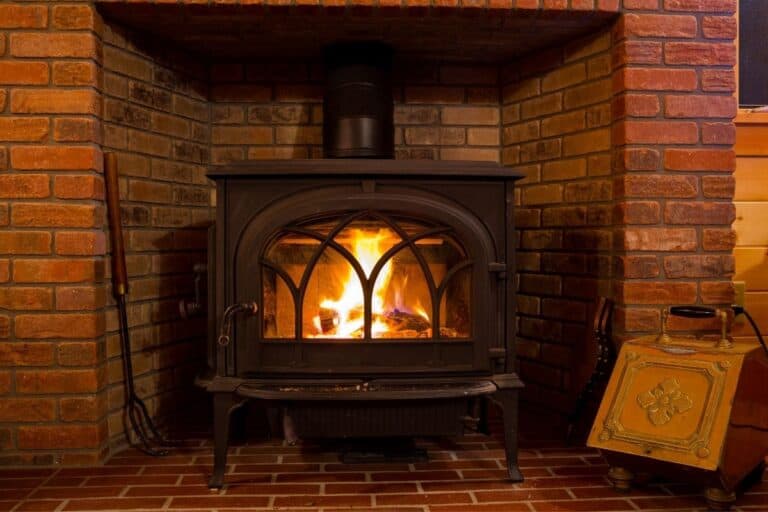The 2 Best Off-grid Walkie-Talkies
Walkie-talkies and old-school radio communication have been more or less forgotten by most of the world, but they can still be beneficial if you live, work, or enjoy your spare time off-grid. As many remote locations don’t have cell phone coverage, you can always set up your own communications network with a few walkie-talkies. You also won’t have to pay a monthly subscription or depend on the communications grid.
The best off-grid walkie-talkies that I would recommend for efficient long-range off-grid communication is the rugged Uniden MHS75. If you want to use your walkie-talkie for text messaging and other forms of data transfer, the Motorola Talkabout T800 is a great option
Of course, while these two options will cover most people’s needs, you may not be “most people.” So let’s dig a little deeper into how to choose a walkie-talkie that suits your needs.
Why You Need a Walkie-talkie on Your Off-grid Homestead
Low Cost
Radio communication is pretty much free communication. All you need is one unit per user, and you’re pretty much set. No contracts or subscriptions are needed, and they use so little power that you will hardly notice the drain on your off-grid solar panels.
Instant Contact and Stable Connection
Just push a button, and you have an open communication line – no need to wait for the call to go through. Proved you choose the right walkie-talkies, you will have a very stable connection that covers your area regardless of local power outages or distance from cell towers.
Privacy
Walkie-talkies and other two-way radios are not private, which means that anyone in your area who knows or stumbles upon your frequency will be able to listen in on your conversations.
That may not matter much to you on a daily basis, but it would be nice to be able to keep your communication private. However, encrypted radios are regulated, expensive, and rarely worth the money unless you need them for very particular reasons.
A much more affordable solution is to use coded speech for all private information (where legal). This is basically an analog, old-school type of encryption. Switching channels often and using channels that are not commonly used by others will also help a little to keep your communication free from random lurkers.
One upside to short-distance radio communication is that it is not subject to mass surveillance. While your cell phone usage is continuously being tracked and analyzed by governments and big corporations, it takes much more resources, dedication, and effort to track your walkie-talkie communication. It’s simply not cost-efficient to do mass surveillance of walkie-talkies.
What to Look for in a Walkie-talkie
Off-grid walkie-talkie needs are somewhat different from the needs of, say, urban security guards. Let’s go through what you’d want to consider when you choose an off-grid two-way radio.
Radio Frequency
When Selecting a walkie-talkie, one of the most important features you should consider is which frequency you need.
VHF (Very High Frequency) radios operate at 126 to 174 MHz and are commonly used for FM radio, TV broadcasting, emergency communication, military, and amateur radio. It’s popular because it allows for communication over very long distances, and it has better battery life than UHF.
VHF has low foliage loss but can’t penetrate buildings very well and is thus inefficient in an urban environment.
UHF (Ultra High Frequency) radios operate at 400 to 512 MHz and are used for satellite communication, cell phones, and other line-of-sight communication. Radio waves at this frequency are blocked by hills and larger buildings but can better go “through” walls and reflect off hard surfaces, making them more suitable for indoor use. UHF signals are not able to travel as far as VHF signals.
Note that VHF and UHF radios are mutually compatible as they operate on different frequencies, so make sure to choose only one or the other for your communications network.
GMRS (General Mobile Radio Service) and FRS (Family Radio Service) radios operate at the 462 to 467 MHz range in the UFH band. These frequencies are dedicated to amateur use and can be legally used for data transfer. Anyone can use FRS, whereas GMRS usually has a stronger signal and a further range, which requires a license. A GMRS license requires no exam but does cost a small fee. You only need one license as any household member of a license holder can legally use their GMRS units, regardless of age.
For off-grid use, you will probably prefer a VHF radio as you are more likely to need long-range communication and experience less structural interference than, say, inside buildings or in cities where UHF is the better choice.
Distance
Reach is an important factor if you wish to cover a large area or need to contact far-off neighbors in case of an emergency.
Be aware that the manufacturer’s stated reach is usually under perfect conditions with very few obstructions and no other interference. 10 miles coverage may only be 5 miles if there are any buildings, trees, hills, etc. in the way. Thus, if you need a 10-mile walkie-talkie, get one with a stated +20-mile reach and consider its rated wattage.
Signal Strength
Wattage is the amount of power your walkie-talkie can put out, which corresponds to how far it can cover. As a rule of thumb, one watt of output corresponds to about one mile of coverage with average obstructions, with the range increasing by about 30 – 50% per watt.
Most walkie-talkies have a capacity of 0.5 to 5 Watt. So if you want as wide coverage as possible, look for a 5-watt radio, although you may want to know that FRS walkie-talkies with two watts or less are license-free by the FCC.
Note that ‘wattage’ is also used to describe the max audio output from the radio’s speaker (loudness). So a walkie-talkie will always have two unrelated specifications: signal wattage and speaker wattage.
Rugged and Waterproof
As walkie-talkies are commonly used when you’re out and about, you will likely want a unit that can handle rain and humid environments as well as some rough treatment.
If you spend time on or around lakes or the sea and depend on your walkie-talkie at the primary communication device, consider getting a waterproof model. Notice that waterproof (submersible) is commonly confused with splash resistant. Check this overview of JIS and IP specifications if water and dust resistance is important to you.
Battery life
Depending on your needs, long battery life may be necessary. Consider the maximum length of time you will use your walkie-talkie, but also whether the batteries are removable and how versatile the battery system is. I.E., can you use ordinary double or triple-A batteries in an emergency?
The downside to long battery life is the increased price and weight. A long-lasting battery will be heavier and more expensive to replace in the future.
Another question worth considering is how to charge the unit. Does it need a dedicated charger, and can the charger be connected to a USB device or a car outlet, or do you need a 120V outlet? For longer trips, you may prefer to be able to charge your walkie-talkie with a battery bank and/or a solar panel.
The Best Off-Grid Walkie-talkie: Uniden MHS75
The Uniden MHS75 is a great and versatile VHF walkie-talkie. Designed in Japan, this model is of high quality and surprisingly affordable.
This is a rugged unit that can take a beating. It has the highest waterproof rating (JIS-8) and can be submerged into five feet of water for up to 30 minutes. On top of that, it’s designed to float, which means you won’t lose it should it fall overboard during a fishing trip.
The MHS75 has all US and international channels and comes with a DC charger for your car and a LiON rechargeable battery with up to 12 hours of battery life.
You can select between 1, 2.5, and 5 Watt transmit power. 5 Watt is good to have during emergencies or when you are far from home or camp, while 1 and 2.5 Watt will probably suffice for daily use while extending your battery life.
The only real downside to the Uniden MHS75 is its proprietary battery design, which doesn’t allow you to use ordinary double of triple-A batteries for backup.
Best Walkie-talkie For Texting and Data: Motorola Talkabout T800
Texting over two-way radio is not an entirely new thing. In fact, the technology has been available for many years, but it has mostly been used by professionals and highly technical amateurs. The Motorola T800 has changed that.
As it operates on the FRS system, it can be used as an ordinary walkie-talkie, but it can also be used to transfer data. This is done by connecting to your smartphone through Bluetooth, which allows you to send text messages and other information (such as GPS location) via Motorola’s app.

The Motorola T800 can also be used freely by anyone without the need for an FCC license. This is because it provides low output power, making it less useful for emergencies and long-distance communication than the Uniden MHS75. While Motorola claims the T800 has a 35-mile voice range, I would not rely on that for my daily use.
In the comprehensive video review below, Canadian Prepper tests the T800 at a 2 km range (1.25 mile) with some obstructions. While you will be able to go further out and still be able to communicate, there is already a noticeable degradation in audio quality at this range. This doesn’t mean it’s a bad radio by any means; just know its limitations.
The downside to the Motorola T800 is that a lot more technology is gone into making these units, which means more can go wrong, too.
And unless Motorola continues to update the app, it may be outdated in a few years. On the other hand, a skilled programmer may be able to build on the Bluetooth protocols and develop creative new ways to communicate over two-way radio.




